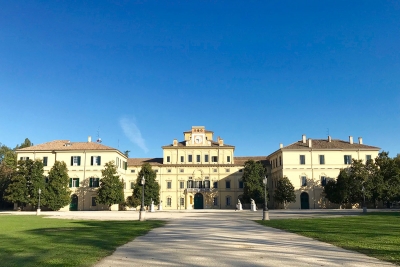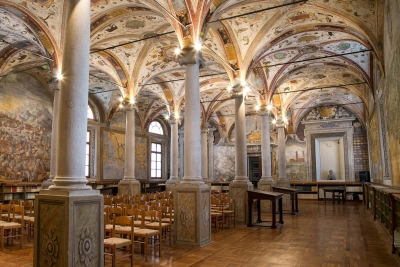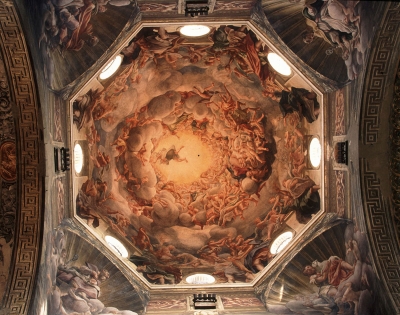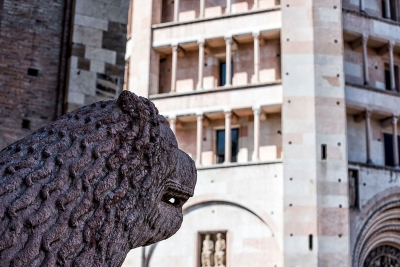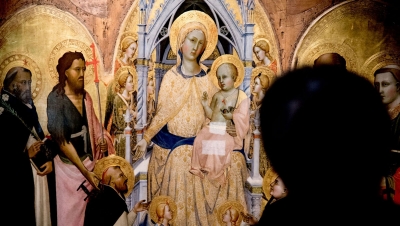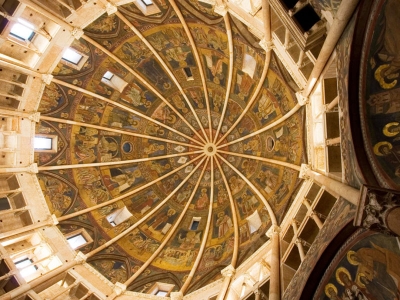The Grand Tour was a journey through Europe reserved to the descendants of noble and rich families who, in the past centuries, thus perfected their knowledge. Italy was an essential destination and Parma was often part of the itinerary.
Our walking itinerary is a short Grand Tour to discover the great classics of Parma. A journey through its most important monuments such as the Cathedral and the Baptistery, the Palazzo della Pilotta, the facades, the narrow streets and the most beautiful and significant squares in the history of the city, supported by the narration of a local guide.
For those who wish, it is of course possible to enrich the visit with the interiors of the museums or churches that are part of the great artistic heritage of the city.
Suitable for those who do not know Parma and also for those who live there but have never had time for a close contact with the beauty of the place where they live.
A journey through the city's two historic libraries, so different but united by the cultural importance they held in the 16th and 18th centuries. Places of study and reflection that preserve ancient manuscripts and precious volumes, but also authentic caskets of art little known to the public to be rediscovered "with their noses up", letting themselves be guided among symbols and famous people.
In the Library of St. John the Evangelist, located in the silence of the Monastery of St. John the Evangelist, we will discover from the walls to the ceiling a real tangle of emblems and mottos, not easy to decipher today, which indicated to scholars the right way to Knowledge.
In the Palatine Library, located inside the Palazzo della Pilotta and built in 1761 by Don Filippo di Borbone with the help of Paolo Maria Paciaudi "Antiquary and Librarian", we will find a shining example of an Enlightenment-style library, created by the dukes for the benefit of the public.
"Egli attese alla maniera moderna tanto perfettamente, che in pochi anni dotato dalla natura et esercitato dall’arte divenne raro e maraviglioso artefice”.
Giorgio Vasari speaks of Antonio Allegri da Correggio in the “Lives of the Most Excellent Painters…” as a genius who reached the pinnacle of his art within a few years despite his young age. Vasari, an artist recognized by many as one of the greatest of the Renaissance, marks the beginning of his brilliant career as a critic. Do not miss this journey in the art of the 16th century in the steps of this Master of the School of Parma, with imposing personages and delicate faces, enigmatic works, stupendous views…
It will be possible to visit:
- the Chamber of Saint Paul
- the frescoes of Saint John the Evangelist
- the dome of the cathedral
- the works of the National Gallery
Do not forget the other great genius of the 16th century, Francesco Mazzola, called “Parmigianino”, who left us the enigmatic fresco of the great arch of the Steccata and “the Turkish Slave” of the National Gallery.
The 11th, 12th and 13th centuries have left ancient symbols in Parma, engraved in the stone and most fascinating architecture of the city. Among the most interesting places are the Cathedral of Saint Mary of the Assumption, the baptistery, the Diocesan Museum and the Church of Santa Croce in the Oltretorrente district. They make up a framework of figures, symbols and cultural reminders that tell a thousand-year-old history of spirituality.
If you have enjoyed learning about the basics of Parma and you still have a lot of desire and a little time to spend in the city and not in its province, you have a choice of several major attractions. Depending on your interests and curiosity, we will be able to concoct the dream program to spend an unforgettable day in the city centre.
The Chamber of Saint Paul:
between sacred and profane, the ceiling painted by Correggio is an illusory pictorial rebus that is still awaiting a final solution…
The Diocesan Museum:
provides the opportunity to see the original works of Benedetto Antelami and the traces of the past discovered in the basement of Piazza Duomo
Il Museo Archeologico:
with the remains of the Roman Bridge, it testifies to the city’s past, from the beginning of its foundation. Note the Tabula Alimentaria, of fundamental importance, found at Veleia in 1747.
The Palatina Library:
a treasure trove of 18th-century Parmesan knowledge and elegance, enriched with 19th-century rooms and extraordinary collections of illuminated manuscripts, prints and ancient volumes.
The National Gallery:
In addition to the Farnese Theatre, it houses the masterpieces of the territory, the works of Correggio and Parmigianino, the portraits of the Dukes and the “Scapigliata” of Leonardo da Vinci. The museum facility of one of the most important cultural hubs of Emilia-Romagna is very interesting.
The Glauco Lombardi Museum and the Regio Theatre:
the priceless heritage of the Duchess Marie-Louise of Austria, represented by objects of everyday life, furniture and art collections, is gathered at the Glauco Lombardi Museum. The Regio Theatre is the unmissable destination for opera lovers.
The Sepulchre of the Farnese and Bourbons
in the crypt of the Church of the Steccata: the tour of the crypt is part of the exhibition rout of the Constantinian Museum of the Church of the Steccata, which provides a glimpse of the city’s life, linked to the prestigious Constantinian Order of Saint Georges.
The Library of Saint John the Evangelist,
on the first floor of the monastic complex consisting of the cloisters, the grocery and the Saint John Church, gathers together ancient knowledge in a magnificent structure from the second half of the 16th century. A place of meditation and study, it retains a cycle of partially unpublished frescoes to be observed while savouring every detail.
Museums – the Stuard Pinacoteca:
Along a chronological route within the ancient walls of the Benedictine convent of Saint Paul there are exhibits of archaeology pieces, sculptures, paintings, drawings and many other works. The room dedicated to Amedeo Bocchi and the famous “Greyhound” of Parmigianino is remarkable.
The Opera Museum and the House of Sound
These museums testify to Parma’s deep connection with music: while the House of Music houses the Opera Museum, which covers the entire history of opera in Parma from the 17th to the 20th century, the House of Sound provides a curious itinerary through the technological inventions that have allowed reproduction of sound from the end of the 19th century to the present day.
The Oltretorrente,
a popular district rich with history: the Church of Santa Croce on the Via Francigena, the old hospital, the spectacular Annunciation Church.
The Palazzo del Giardino,
a jewel in the centre of the Ducal Park, presents a fabulous cycle of frescoes from the Farnesian period.
Recalling the city’s Roman origins, it was founded in 183 BC, like its neighbour Modena, and it remains above the route of the Via Emilia and the ancient forum that has today become the still very lively Piazza Garibaldi.
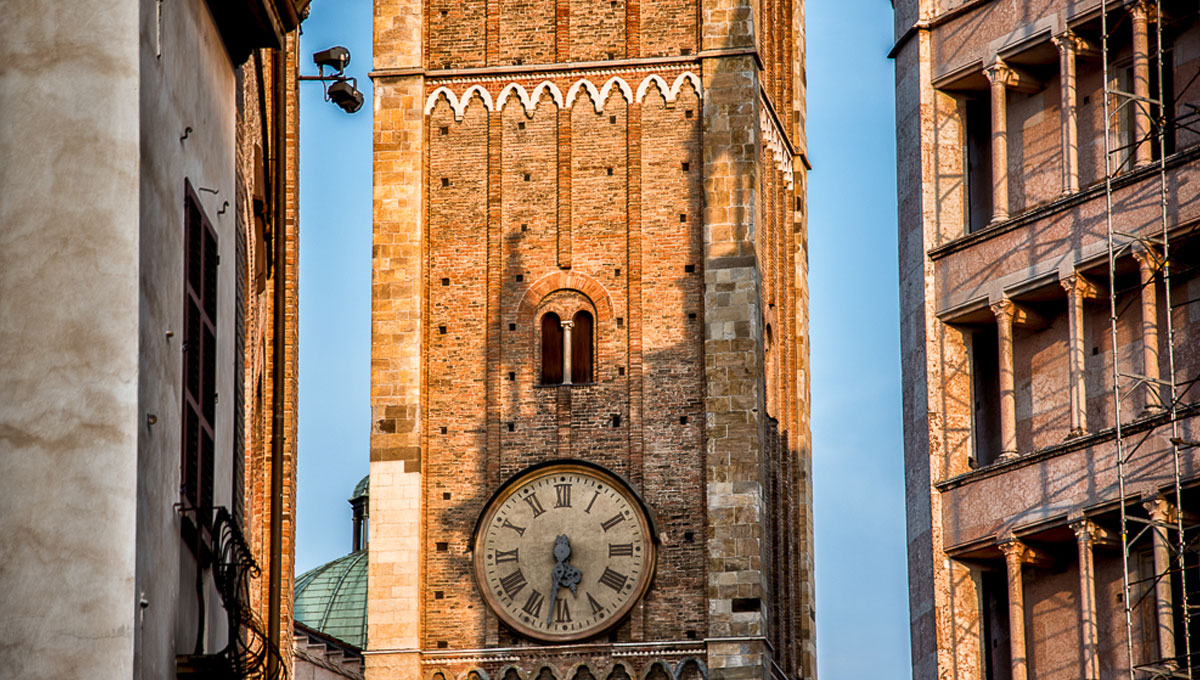
The most visible monumental footprint is that left by the Middle Ages, in particular on the magical Piazza Duomo. This square is one of the most beautiful and romantic places in Italy, framed by the bishopric, the Santa Maria Assunta Cathedral and the baptistery. These imposing works date from the 11th and 12th centuries and are marked by the seal of Benedetto Antelami, author of the baptistery. If you look up into the cupola of the Duomo, the gaze is lost in the thousand characters painted by Correggio, an indispensable figure in our Renaissance, whose works are also found in the neighbouring monastery of Saint John the Evangelist.
The cultural richness of the 16th century is illustrated in all its splendour at the Minor Basilica of Santa Maria della Steccata and in the complex of Saint John the Evangelist.
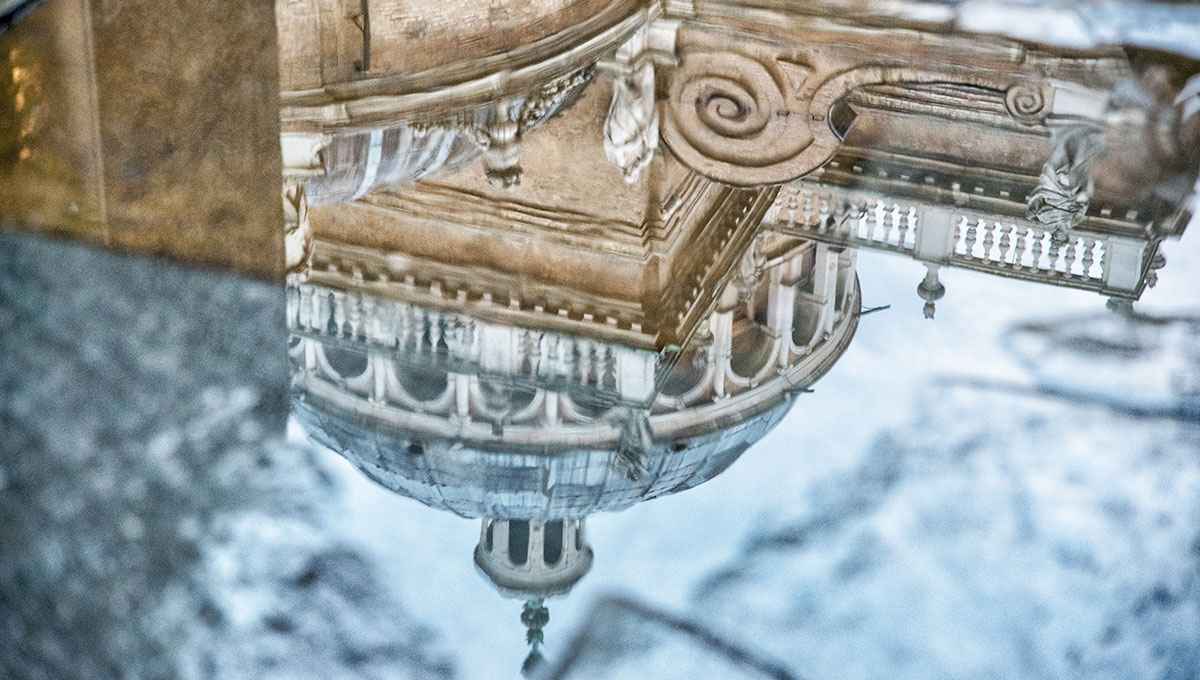
The second half of the century saw the birth, under the aegis of Pope Paul III Farnese, of the famous Duchy of Parma and Piacenza.
The itinerary connects the monumental complex of La Pilotta with the Ducal Park. The Farnese Theatre, built in 1618 by Ranuccio I, is a key step in the city’s tour.
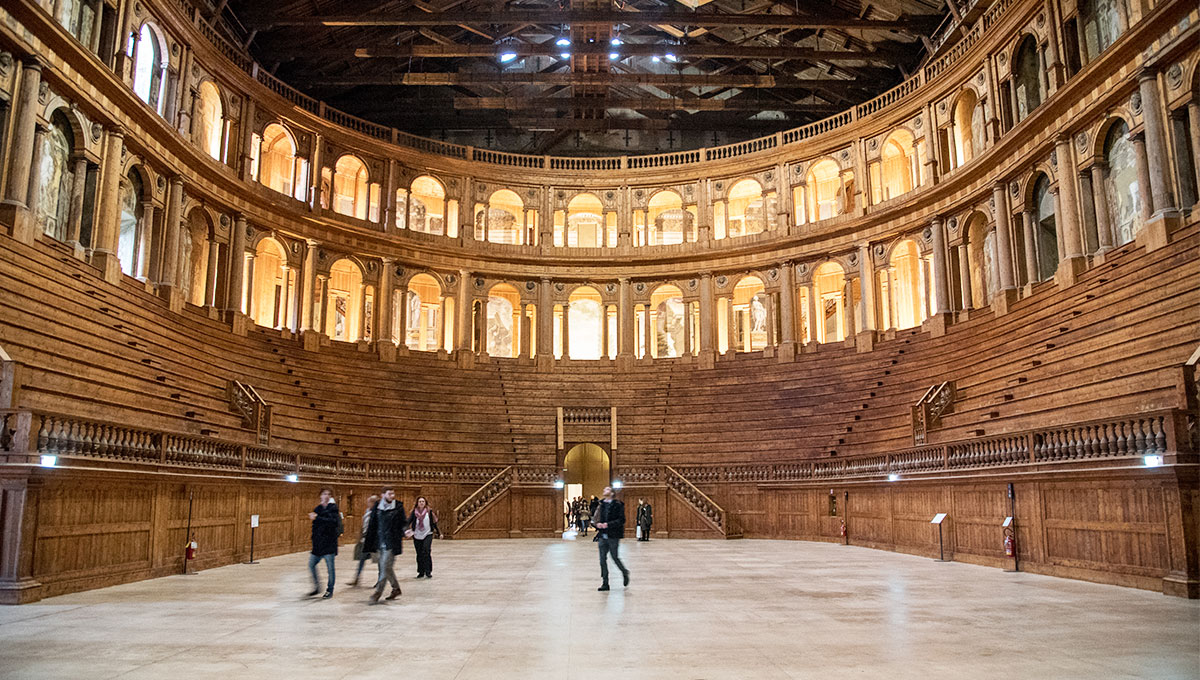
The arrival of the Bourbons in 1734 marked the European cultural turning point of the city. The following decades saw the birth of the Palatina Library and the Bodoni Printing House, while the city was covered with neo-classical buildings of French taste.
The international aura emerged with Philippe de Bourbon and his wife Louise Elisabeth, and grew up with the Duchess Marie-Louise of Austria who governed the city from 1816 to 1847, founded the Regio Theatre and left an unforgettable memory in the hearts of many Parmesans. It was at this time that the young Giuseppe Verdi asserted himself and that the talent of Arturo Toscanini flourished.
